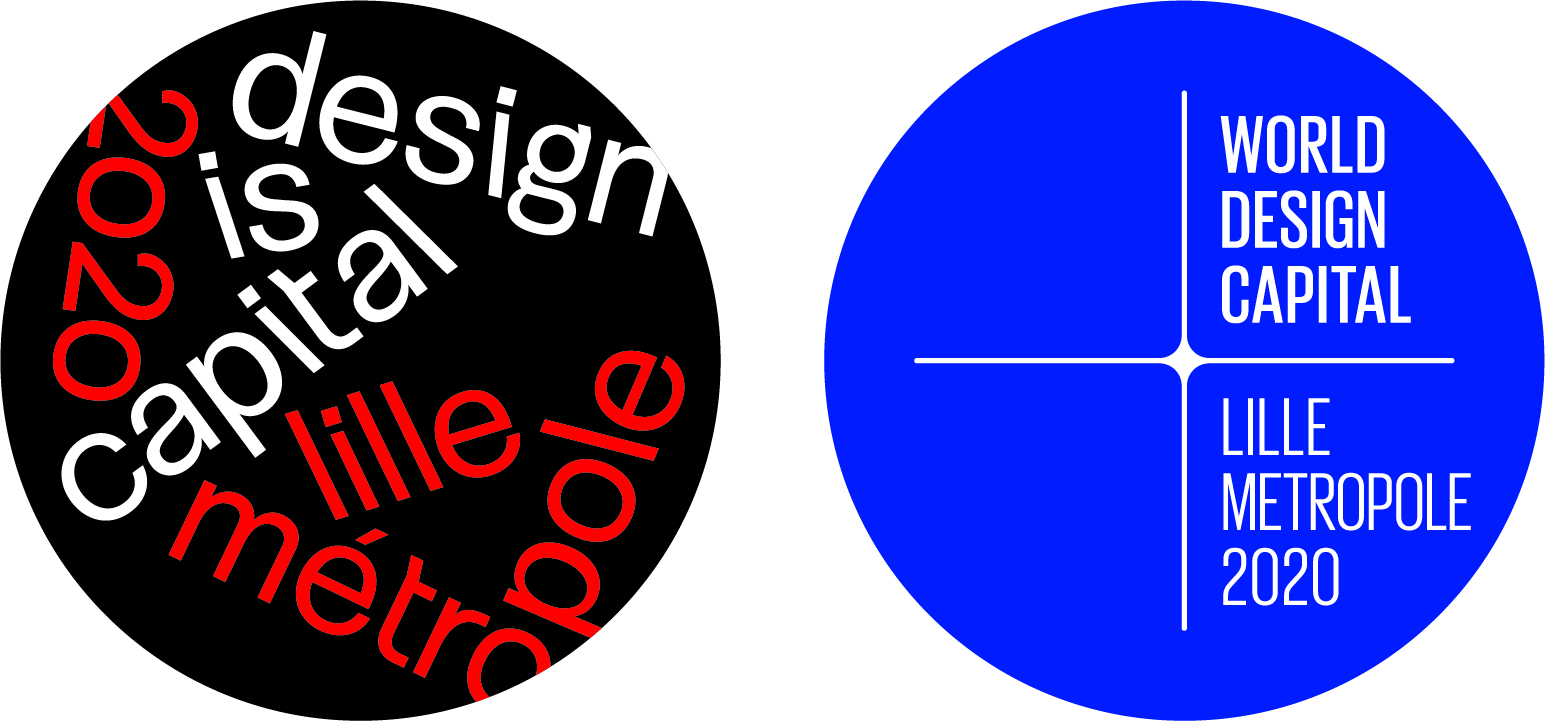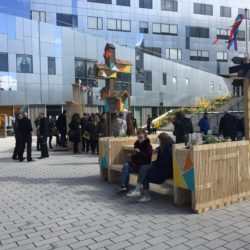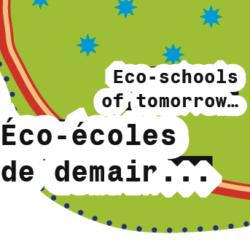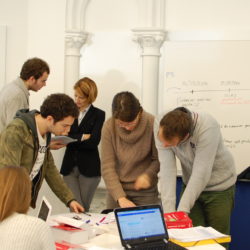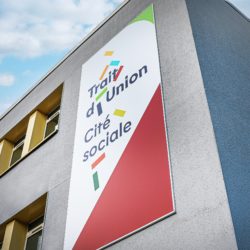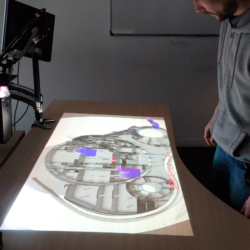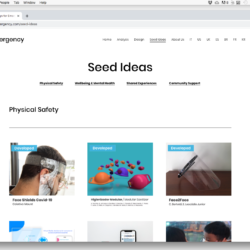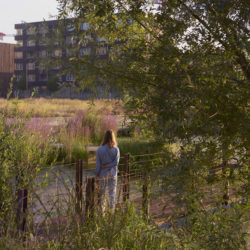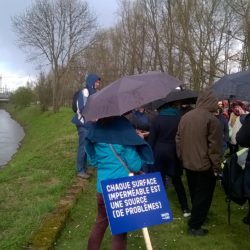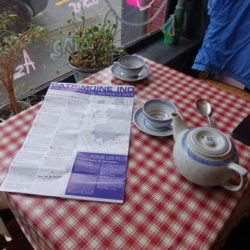Ephemeral installation for long-term projects…
POC les Beaux Endroits Ephemeral installation for long-term projects… Why organise workshops with the neighbourhood population to design things that will be dismantled after 3 months? The ephemeral installations called “Les Beaux Endroits”are a pretext to trigger collaboration between stakeholders who normally ignore each other and for starting projects between them. Create desires Les Beaux Endroits, Read more about Ephemeral installation for long-term projects…[…]
